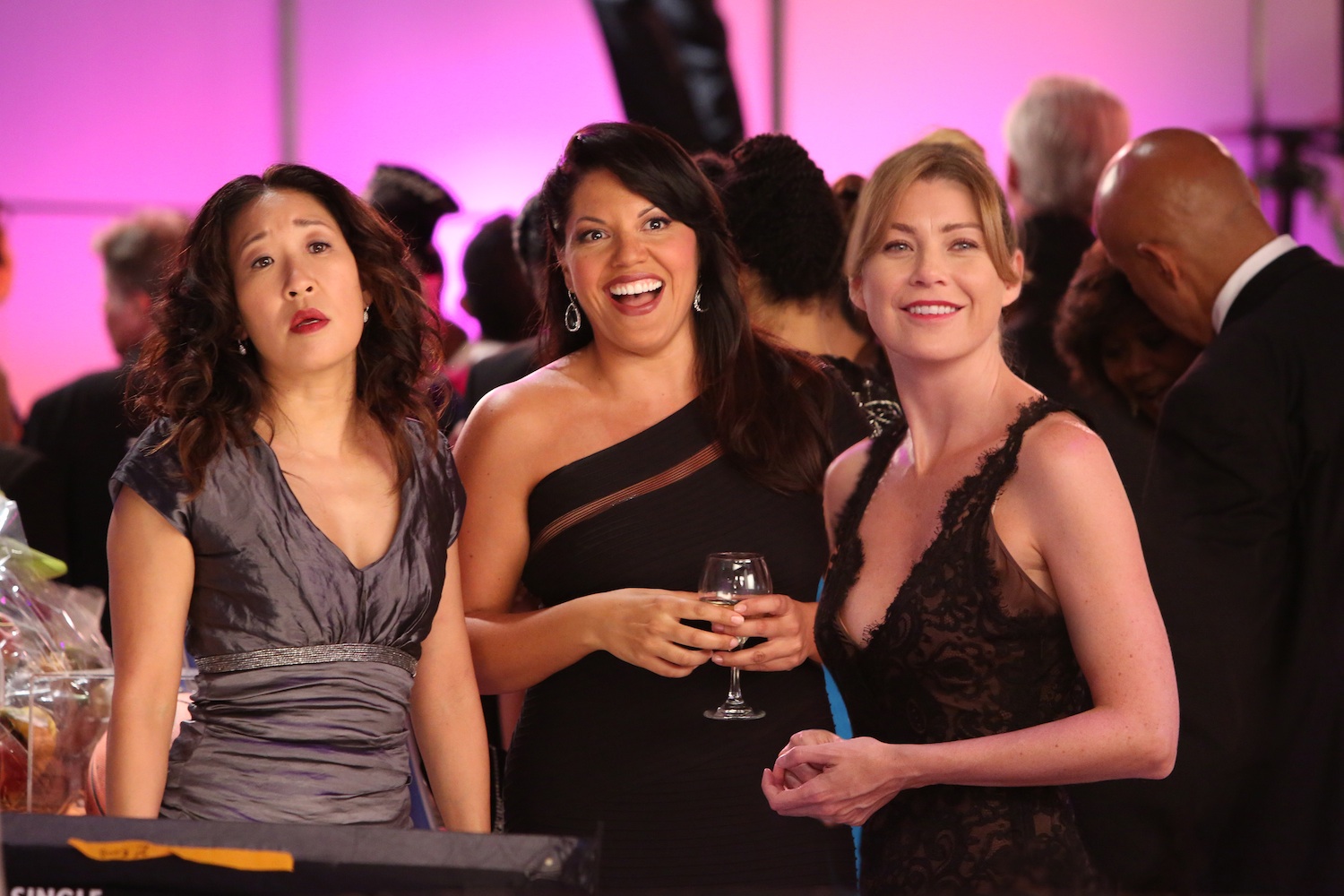
If you’ve seen one study about the state of diversity in Hollywood, you won’t be surprised by the results of the latest. A new study from UCLA examines the gender and racial makeup of nearly 1200 movies and TV shows from 2011-2012 — and the data show that minorities and women are underrepresented, compared to real-life U.S. demographics, both in front of and behind the camera.
Of course, film and television have never accurately represented how diverse America really is: Statistics show that there are three nonwhite people in America for every nonwhite character on the big screen; in terms of lead roles on broadcast TV comedies and dramas, there are seven nonwhite people in America for every nonwhite character. Similarly, there are half as many women in films as in real life — although the amount of female lead roles on broadcast TV is on the upswing.
But the UCLA study goes one step further than most such diversity counts, taking a look at not only actors, filmmakers and awards, but also agencies. Agents serve as the “gatekeepers” of the industry — but the biggest agencies have fallen far behind in keeping their rosters of clients diverse, at least racially. Minority actors and creators tend to be represented by smaller agencies, whose clients find less high-profile work. The talent getting through the gate, then, are largely non-minority directors, writers and actors.
In a statement, study co-author Ana-Christina Ramon explained:
There are certain major projects that you just don’t get to be part of unless you have a connection with one of these top agencies… Or maybe you get to be a part of it, but you’re not going to be the lead. So the tendency of top agencies to pack their talent rosters with whites really restricts access to opportunities for underrepresented groups.
As it turns out, the data backs her up:
The inclusion of agencies in this study points to something that’s rarely discussed in the ongoing debate about diversity in entertainment: Because the actor-director relationship is the most visible one in Hollywood, it’s easy to talk about casting in a vacuum. Yes, a powerful filmmaker can demand a higher level of diversity, but if a nonwhite actor can’t even find representation with a major agency, the filmmaker’s options are limited.
This issue recalls the recent controversy leading up to SNL‘s decision to cast a black female comedian, which drew attention to a perceived lack of diversity in comedy’s training grounds — like the Upright Citizen’s Brigade — and the obstacles casting directors encounter even when they do try to find more nonwhite actors. Especially when a project doesn’t come with a powerful creator who can overrule trends to pick the cast he or she wants (like Lorne Michaels or Jerry Seinfeld could), it matters that the top agencies are backing disproportionately white clients.
Ultimately, it all comes down to money. A big agent is a stamp of approval for a filmmaker or TV creator, indicating that the client is less of a risk to cast. However, the UCLA study’s conclusion isn’t all bad news: the authors found that films with greater than 20% minority casts made significantly more money worldwide than the films for which that figure was 10% or lower; TV ratings were also higher for more diverse shows.
So does a diverse cast draw viewers, or do better shows tend to cast more minorities? There’s no way to know for sure, but it does mean that a Hollywood concerned about its bottom line should probably start paying attention.
(MORE: Jerry Seinfeld’s Diversity Deficit: What’s the Deal With This ‘PC Nonsense’?)
More Must-Reads from TIME
- Inside Elon Musk’s War on Washington
- Meet the 2025 Women of the Year
- Why Do More Young Adults Have Cancer?
- Colman Domingo Leads With Radical Love
- 11 New Books to Read in Februar
- How to Get Better at Doing Things Alone
- Cecily Strong on Goober the Clown
- Column: The Rise of America’s Broligarchy
Write to Lily Rothman at lily.rothman@time.com